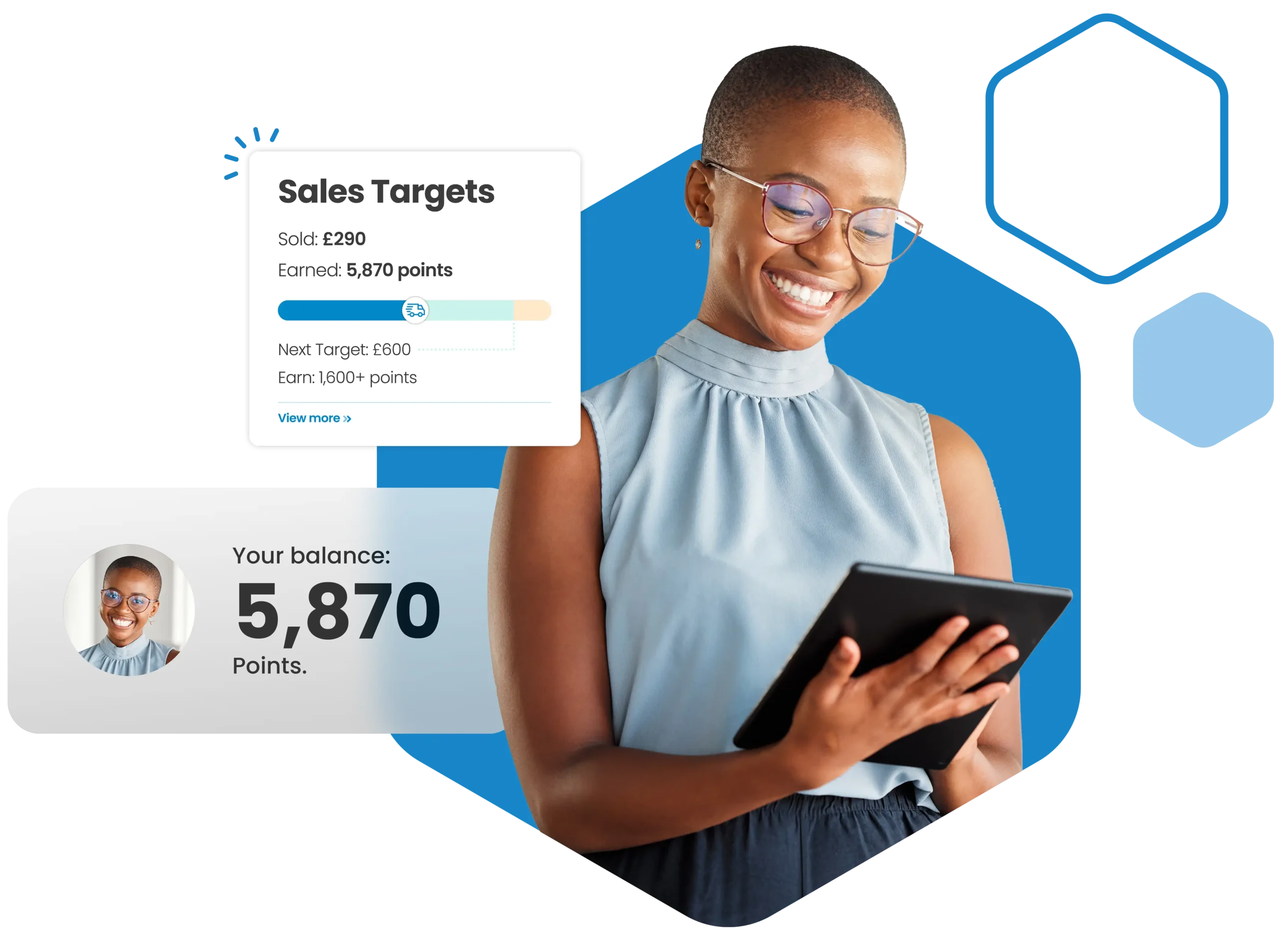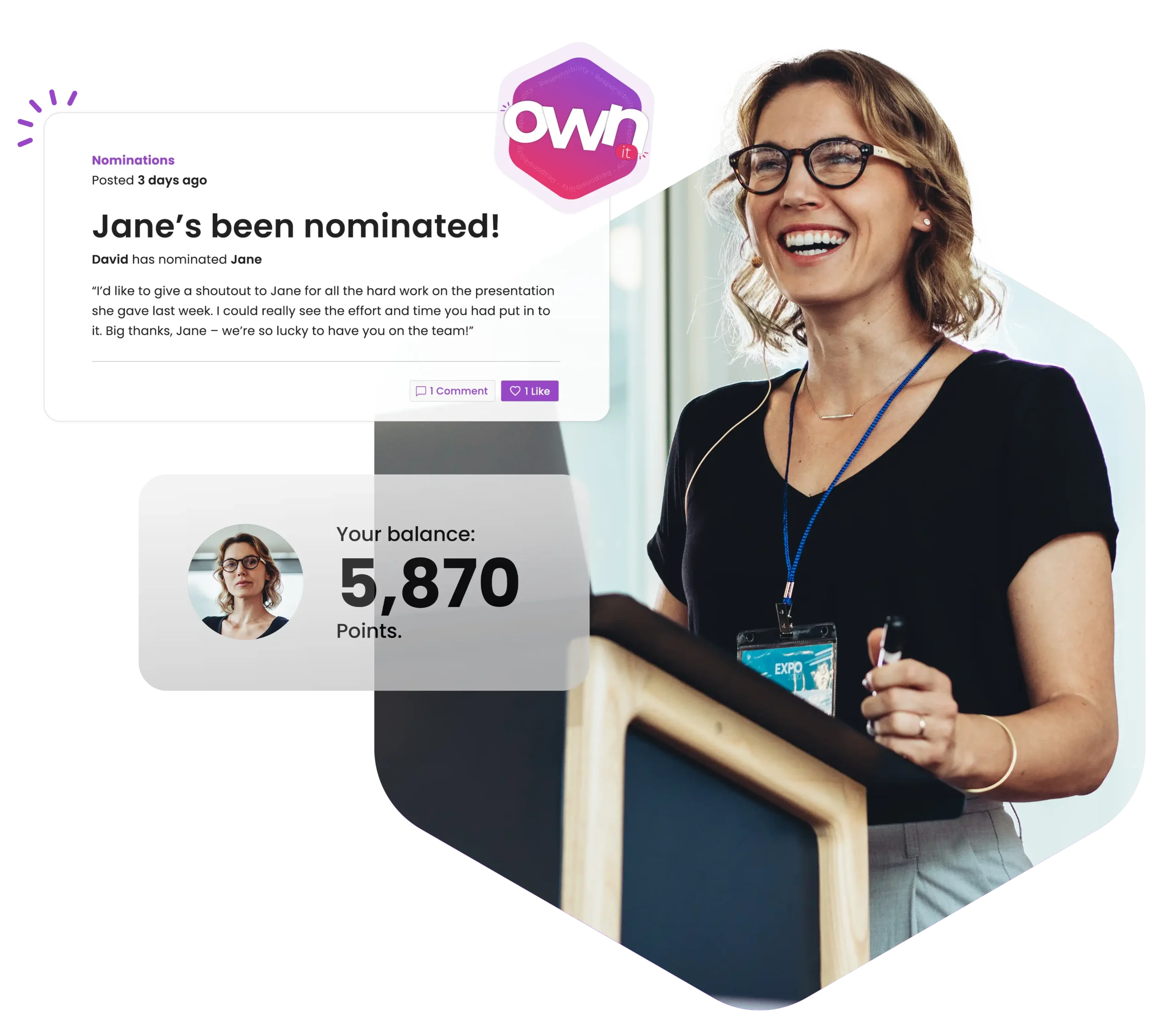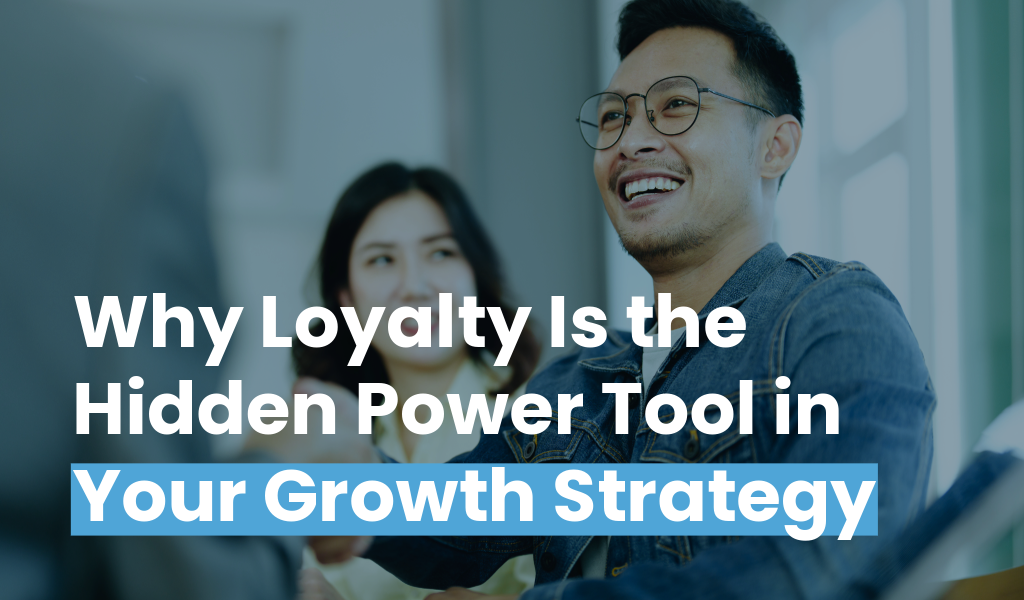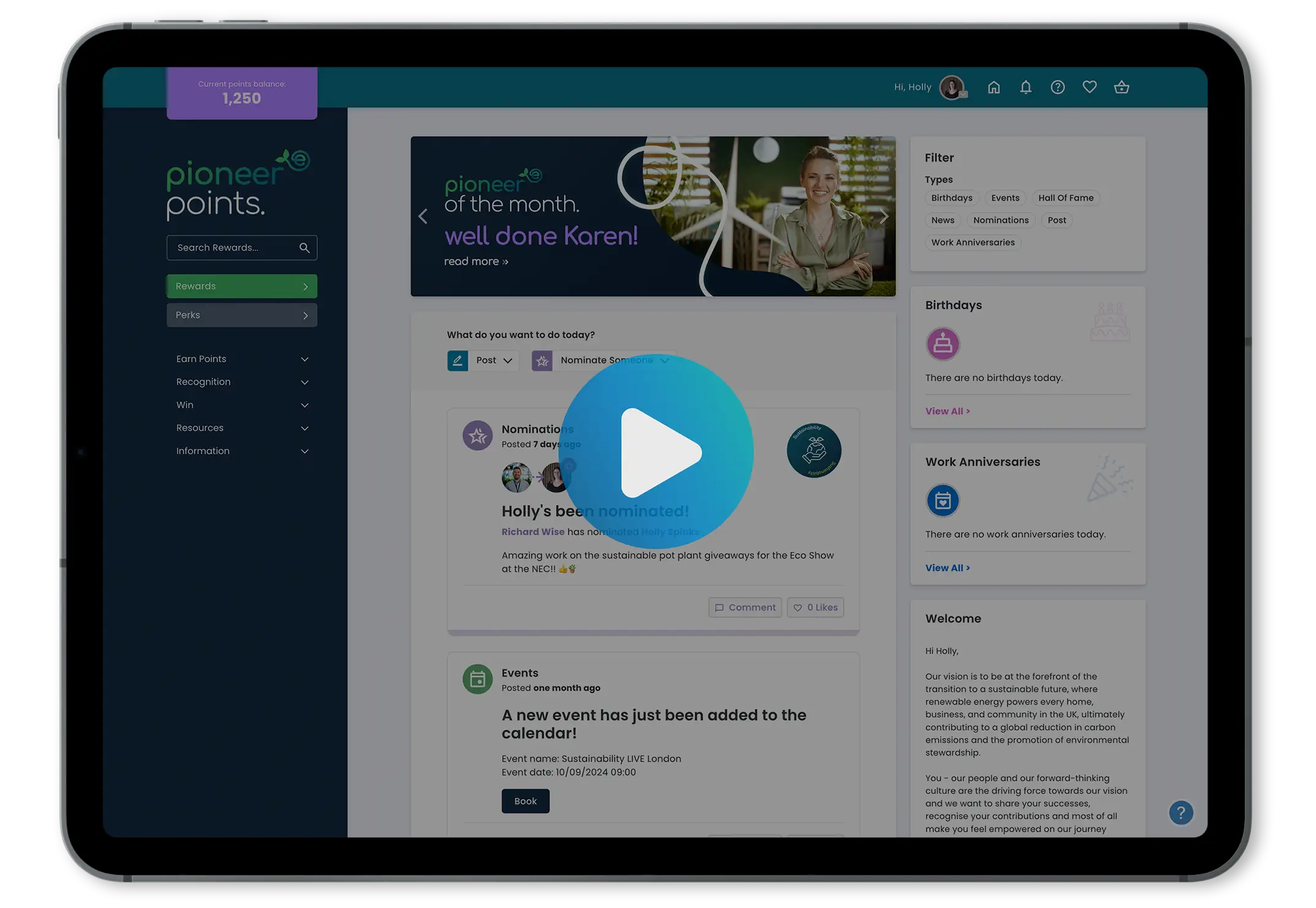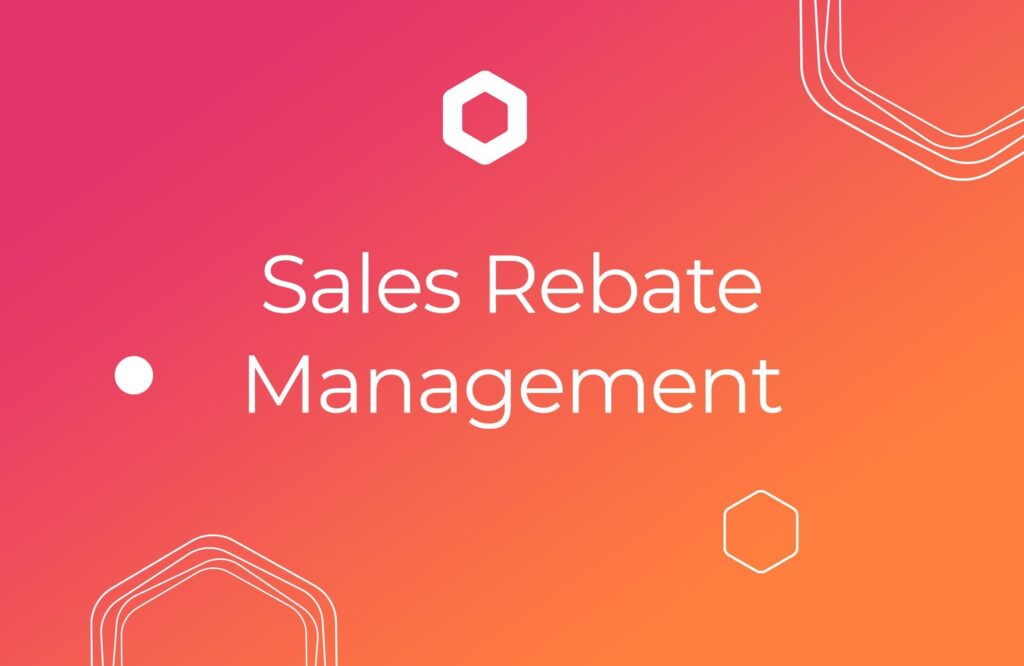


Sales rebates have become a vital tool for many businesses, helping them drive growth, build customer loyalty, and increase profits. But managing these rebate programmes isn’t a walk in the park.
Companies often have to deal with outdated systems and inefficient processes, which can be a real headache. Nevertheless, getting rebate management right is essential, as it can make a massive difference to your bottom line.
Smaller businesses introduce basic rebates to stay profitable, while larger enterprises can see significant revenue growth by simply streamlining their rebate processes.
In this blog, we’ll delve into the fundamentals of rebate management, exploring what rebates are, why companies use them, and why efficient management is crucial to reap the full benefits.
Skip to:
What is a B2B rebate?
A B2B rebate is a type of financial incentive given by a supplier or manufacturer to its business partners – such as distributors, retailers, or buying groups – which is paid retrospectively upon reaching certain spend thresholds.
In B2B transactions, companies often engage in large-scale purchases and long-term partnerships. To encourage their business partners to take certain actions or achieve particular goals, suppliers or manufacturers offer rebates as a reward.
Here’s how a B2B rebate typically works…
Let’s say a manufacturer produces electronic devices, and they want their distributors to sell more of their products. The manufacturer creates a B2B rebate programme where they offer a percentage of the total purchase value as a rebate to distributors who meet certain sales targets.
For instance, if a distributor reaches 80% of the sales target, they receive a 2% rebate on the total purchase value, or if a distributor fulfils 100% or more of the sales target, they receive a 5% rebate on the total purchase value.
Throughout the rebate period, distributors keep track of their sales performance and work towards meeting sales targets set by the manufacturer. Once the agreed-upon period ends, the manufacturer reviews the distributor’s performance and validates the sales data.
If a distributor meets or exceeds the sales targets, they are eligible to receive the corresponding rebate as a reward for their efforts. In turn, this encourages distributors to focus on selling the manufacturer’s products, leading to increased sales and a stronger partnership between both parties.

What are the different types of B2B rebates?
B2B rebates come in various forms, each tailored to meet different business objectives and encourage specific behaviours from B2B customers.
Here are some of the most common types:
- Volume-based rebates: These rebates are based on the number of products purchased or sales achieved by the B2B customer within a specified period. As the customer’s purchase volume increases, they become eligible for higher rebates, creating an incentive for them to buy more from the supplier.
- Growth rebates: Growth rebates reward B2B customers for their commitment to increasing their business with the supplier over time. The rebate amount may be tied to the year-on-year growth percentage or reaching specific milestones, motivating customers to continuously expand their purchases.
- Promotional rebates: Promotional rebates are temporary offers designed to boost the sales of specific products or product lines. Suppliers may offer special discounts or rebates during promotional periods to incentivise B2B customers to promote and sell these products more forcefully.
- Early payment rebates: Some companies offer discounts or rebates to customers who pay their invoices early, which encourages prompt payment and healthy cash flow.
- Annual rebates: Annual rebates are based on the cumulative purchases made by the B2B customer throughout the year. At the end of the year, the customer is rewarded with a rebate based on their total annual spending.

Who uses B2B rebates?
The key players involved in using B2B rebates include the likes of manufacturers, distributors, and retailers, which we will outline in more detail below:
- Manufacturers and suppliers: These are the primary initiators of B2B rebate programmes. They offer rebates to their B2B customers, such as distributors, retailers, or buying groups, to incentivise increased sales, brand loyalty, and long-term partnerships.
- Distributors: Distributors are businesses that purchase products from manufacturers or suppliers and resell them to retailers or end customers. They often participate in B2B rebate programmes offered by manufacturers to earn incentives for achieving sales targets or promoting specific products.
- Retailers: Retailers sell products directly to end consumers. In some cases, manufacturers may offer rebates directly to retailers to motivate them to prioritise and promote their products in their stores.
- Contractors: In certain industries, contractors (e.g., construction, HVAC, electrical) may be offered rebates by manufacturers for using their products in projects or reaching specific purchasing thresholds.
- Resellers and VARs: Value-added resellers (VARs) are businesses that enhance or modify products before selling them to end customers. Manufacturers may offer rebates to VARs as a reward for promoting value-added services based on their core products.
What is B2B rebate management?
B2B rebate management is the process of efficiently handling and overseeing rebate programmes within a business-to-business (B2B) environment. The primary goal is to effectively implement and monitor programmes to ensure they achieve their intended objectives.
Key components of B2B rebate management include:
- Designing the rebate offers: This entails creating well-defined and targeted rebate offers tailored to specific B2B customers. Manufacturers or suppliers determine the rebate amounts, eligibility criteria, duration, and the rules that participants must meet to qualify for the rebate.
- Implementation: This involves introducing rebates across an organisation or sales channels. It includes effectively communicating programme details to eligible B2B customers and ensuring all relevant stakeholders are well-informed about the offer.
- Tracking and validating claims: This step is all about accurately monitoring and verifying rebate claims submitted by B2B customers, to ensure that claims adhere to the predefined criteria. This may involve validating sales data, purchase volumes, or other metrics specified in the agreement.
- Processing rebate claims: Handling the administrative tasks related to rebate claims, including the collection of necessary documentation from B2B customers and timely processing of rebate payments.
- Analysing rebate data: Evaluating rebate data to gain insights into the performance and effectiveness of the programme(s). This data-driven approach enables businesses to assess the success of various rebate initiatives and make informed decisions for future strategies.
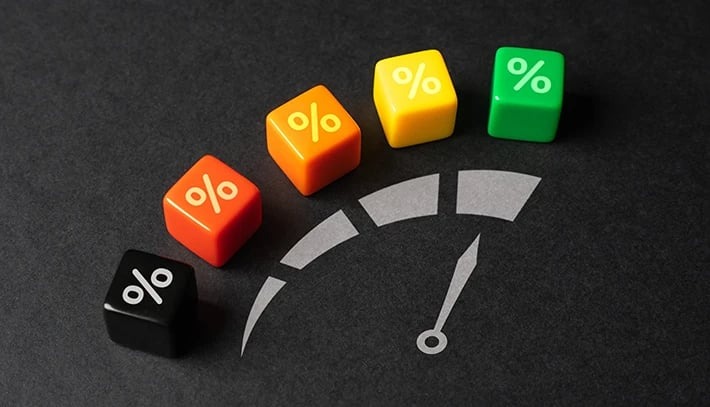
What are the benefits of B2B rebates?
A B2B rebate programme offers several benefits to both manufacturers/suppliers and their B2B customers, including greater sales, customer loyalty, market reach, and more.
Here are some key advantages to be aware of:
- Increased sales volume: B2B rebates act as powerful incentives for customers to increase their purchase volumes. By offering rebates based on sales targets or purchase thresholds, manufacturers can motivate their B2B partners to buy more of their products, resulting in higher sales and revenue.
- Customer loyalty and retention: Customers are more likely to continue purchasing from a company that offers attractive rebates, thus fostering loyalty and repeat business.
- Market penetration: Helps manufacturers penetrate new markets or expand their presence in existing ones. By offering enticing rebates, companies can attract new B2B customers and gain a competitive edge.
- Clearing inventory: Rebates are useful in clearing excess inventory or promoting slow-moving products. Manufacturers can incentivise B2B partners to stock up on specific items and create demand for those products.
- Data insights: B2B rebate programmes generate valuable data on sales performance, and customer behaviour, which can be used to assess the effectiveness of their rebate strategies and make informed decisions for future marketing and sales initiatives.
- Improved cash flow management: For B2B customers, rebates offer financial benefits by providing a portion of the purchase amount back. This helps improve cash flow for their businesses, allowing them to reinvest the rebated funds or allocate resources more effectively.
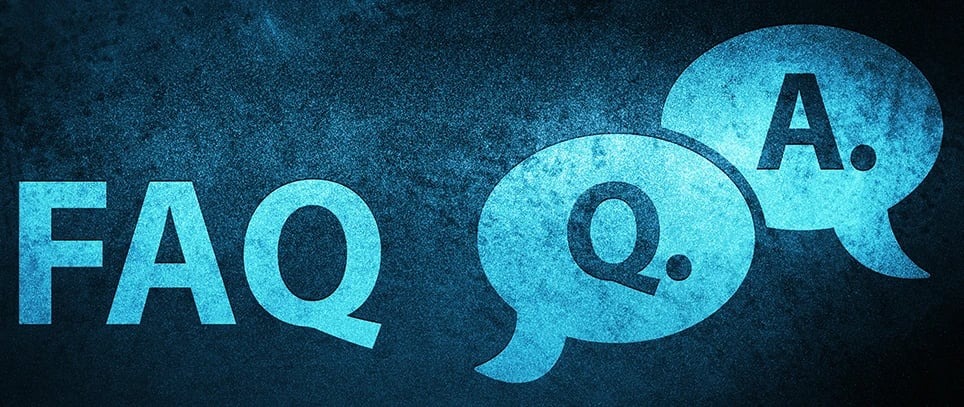
FAQs
Kickstart your B2B supplier rebates today
By offering strategic financial incentives to your B2B customers, you can motivate them to achieve specific objectives that align with your business goals. With careful planning and the right tools, you can streamline the process, ensure accurate tracking, and foster collaborative relationships with your valued partners.
So why not embrace the power of rebates to enhance sales, promote customer loyalty, and gain a competitive edge in the dynamic B2B landscape. Get started now and reap the rewards!
